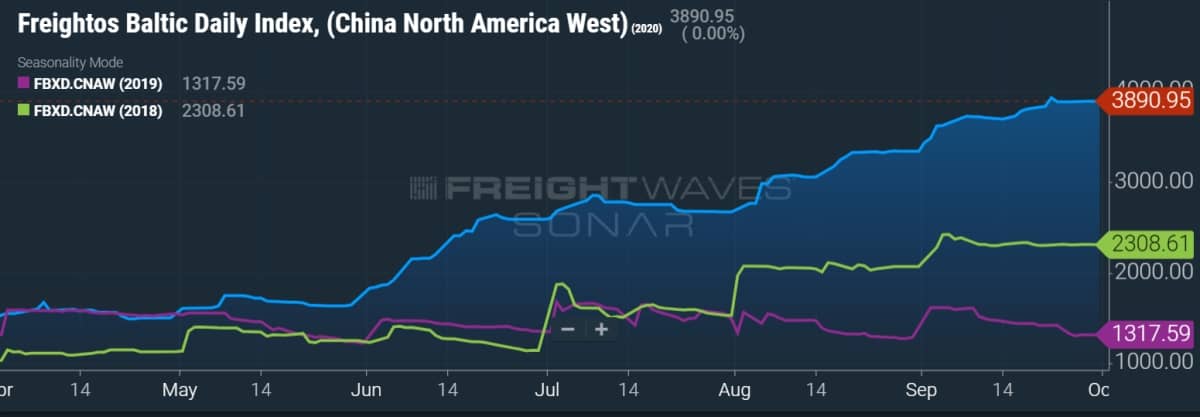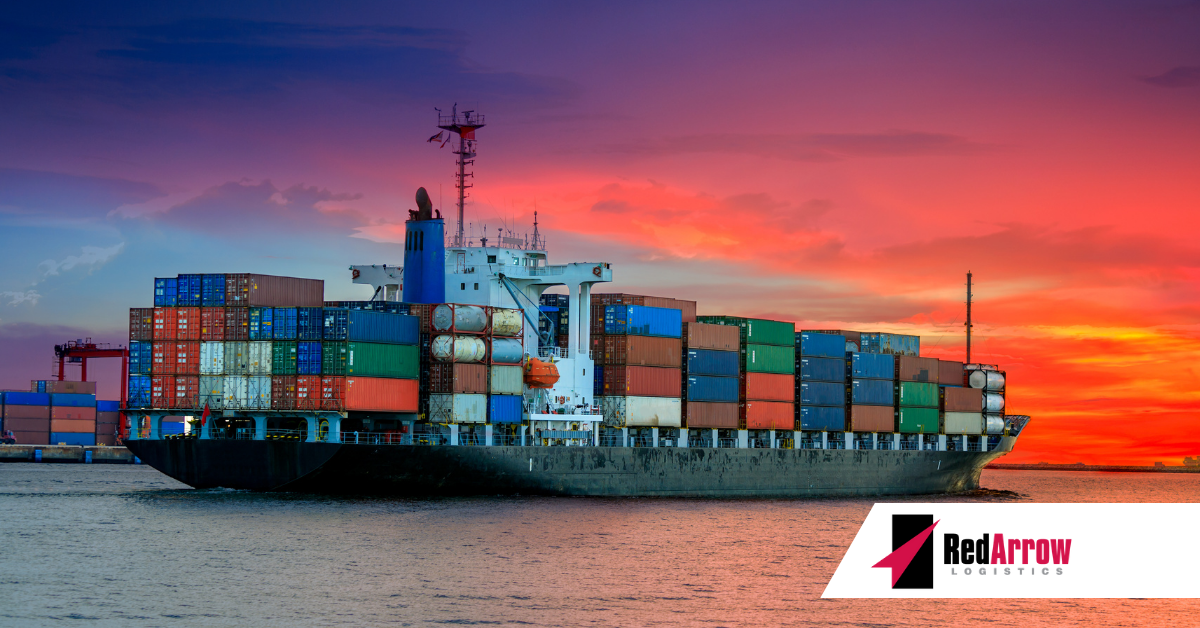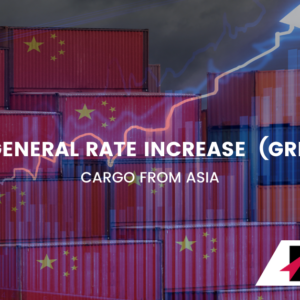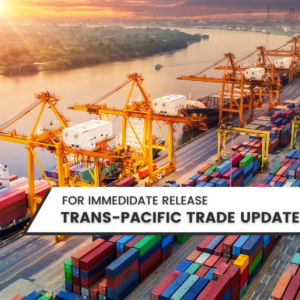No respite yet for trans-Pacific container-shipping demand frenzy
“The ships are 100% full. The containers are 100% full. You can’t get a container built. You can’t pick up a ship from the spot market. The whole container-shipping cycle is at absolutely full pulse,” exclaimed Jeremy Nixon, CEO of Ocean Network Express (ONE), the world’s sixth-largest container line.
October’s ocean container market is “unbelievable,” said Nixon during an International Chamber of Shipping (ICS) virtual event last week. “We are sold out,” he revealed.
“Our job now is to keep the network going from an operational standpoint,” Nixon continued. “The ports are getting jammed up now. We’re starting to see bottlenecks in the supply chain. That’s another challenge going into this winter.”
Some market watchers thought volumes and rates would relent in the wake of the China Golden Week holiday in early October. It hasn’t happened yet. The trans-Pacific market is still at its peak. According to the Freightos Baltic Daily Index, spot rates from China to the West Coast (SONAR: FBXD.CNAW) were at $3,847 per forty-foot equivalent unit (FEU) on Friday. They’ve hovered around this same stratospheric level since the last week of September — at triple last year’s rates.

Data on the number of customs filings for maritime imports (regardless of volume; calculated as a seven-day trailing average) likewise show no letup.
Countrywide filings frequency (SONAR: CSTM.USA) has bounced around the same high level since August, well above last year’s levels.
Consumers are still spending
The number of U.S. coronavirus cases is on the rise. It looks like cases could soon surpass records set in July. On Thursday, the Labor Department reported 898,000 jobless claims (seasonally adjusted), well above the consensus forecast for 830,000. Millions of Americans have fallen under the poverty line as a result of COVID.
And yet, in aggregate, Americans are spending more. According to statistics released Friday by the Commerce Department, consumer spending rose 1.9.% in September. That was more than double the consensus forecast.
“Consumer demand, as reflected in container trade, is in a full-blown rebound,” commented Stifel shipping analyst Ben Nolan.
In a new survey of companies conducted by investment bank Evercore ISI, 71% of respondents reported “better” or “much better” sales recoveries than expected, as of last Wednesday. In the previous quarterly survey, as of July 15, it was 57%. And current sentiment is particularly strong among homebuilders, pointing to more imports of building supplies and home furnishings.
Empty shelves and ‘shipageddon’
Inventories are historically low. There is rising concern that companies will not be able to import and deliver enough goods to meet consumer demand during the holiday season.
The New York Times cited rising concerns over the so-called ‘shipageddon’ scenario, in which the retail supply chains and parcel shippers descend into chaos as the holidays near.
A report released Monday by investment bank Jefferies warned of “empty shelves and raided storerooms,” noting that “it’s not just local grocers running out of essentials.”
“The summer and fall stages of the U.S. recovery have been marked by incredibly strong retail and housing sales, which have both surpassed pre-COVID levels by a wide margin,” wrote Jefferies. “Due to the torrid pace of sales and virus-related supply disruptions, inventory-to-sales ratios have plummeted to record lows.”
The Evercore ISI survey found that none of the consumer-business respondents thought inventory levels were “too high” or “a little too high.” Only 10% said they were “about right,” with 30% believing they were “a little too low” and 60% answering “too low.”
The implication is that retailers still need to bring in a lot more goods, primarily from China. If so, that is bullish for ocean container lines and concerning for U.S. shippers in terms of transport timing and availability, and spot and contract pricing.
Just a few months ago, economic scenarios were dramatically worse. Nixon of ONE emphasized just how much worse the situation would have been if the container-shipping industry were not as adept as it proved to be.
“I always like to think of container shipping as the servant of global trade,” said Nixon. “It is our job to keep the global economy going. Keep the lights on. To, behind the scenes, keep everything moving and flowing. Keep people fed.
“This has been a huge job this year. In all of the years we’ve been in this industry, I don’t think we’ve seen anything like it. This has been a huge roller coaster, with ups and downs and changes and shifts.
“If you go back to April, when we suddenly had to work from home globally — not just us but all the stakeholders — and we had to keep things moving, that was an incredible task.
“The fact is that we now have a lot of better systems and technology and planning than we used to have. We have a lot more digitized tools to help us. I think it’s amazing as an industry that we managed to do that [keep trade flowing during lockdowns].
“And thank goodness we did, because otherwise, things would have come to a very, very quick halt. If this had occurred 10 years ago, I dread to think what would have happened.”
Your Trusted Partner
At Red Arrow Logistics, we provide expertise and white glove customer service with fast-growing, complex, and high-value supply chains. As the next-generation model of logistics companies, we offer tailored transportation and logistics solutions — from single shipments to complex over-dimensional and international orders.
Red Arrow offers the scale and scope of services including air, ocean, and ground transportation to meet the budget and schedule requirements of the largest and smallest companies alike. If we can be of assistance, please email us at info@redarrowlogistics.com or give us a call at 425-747-7914.




